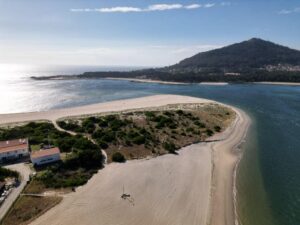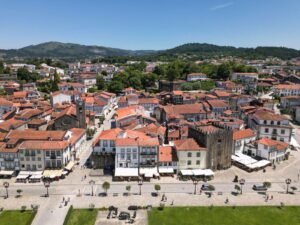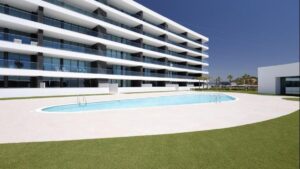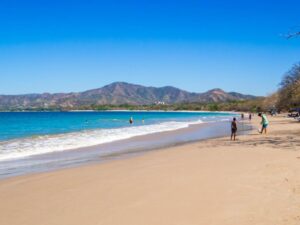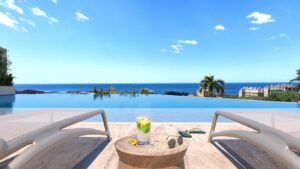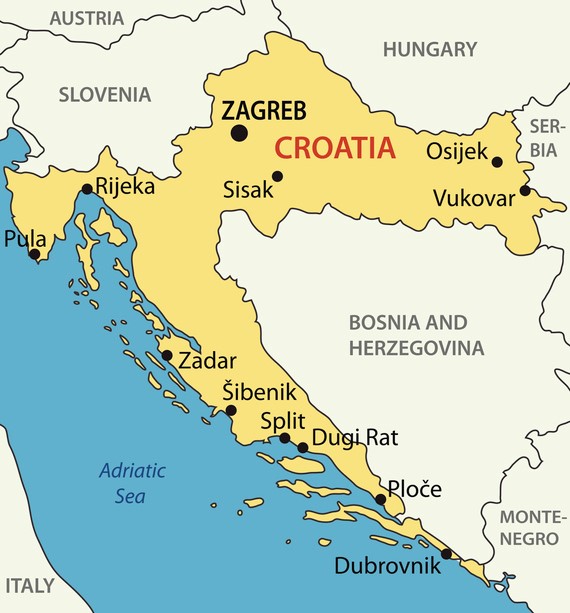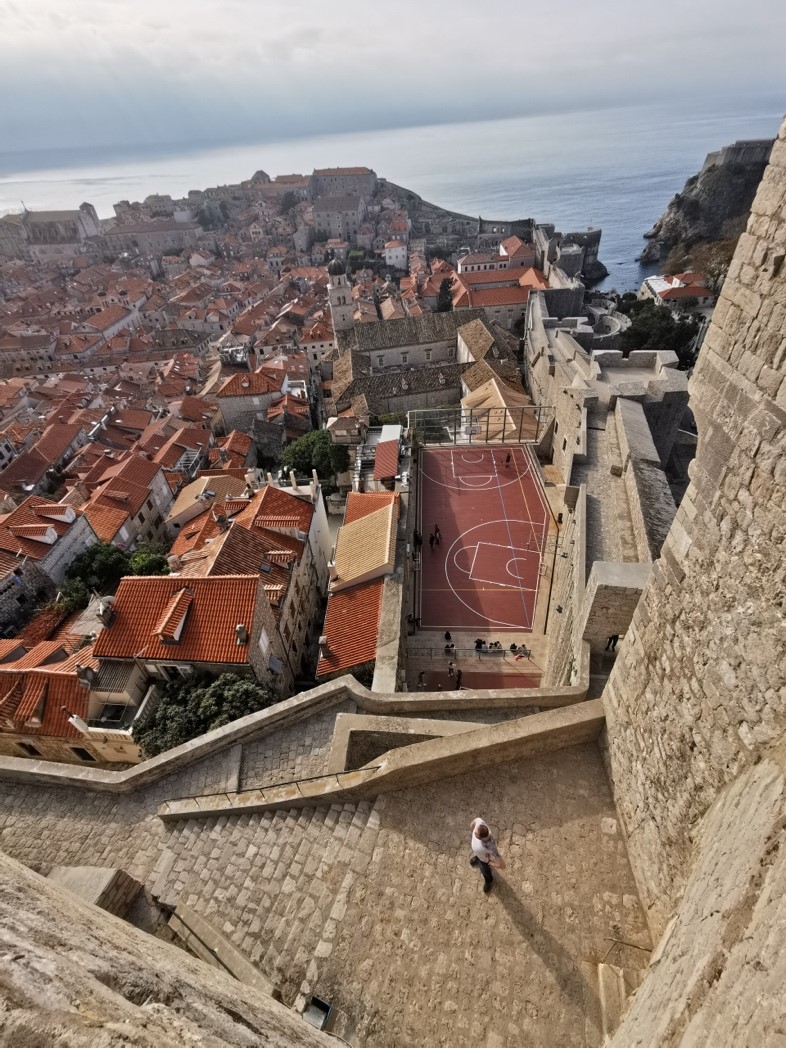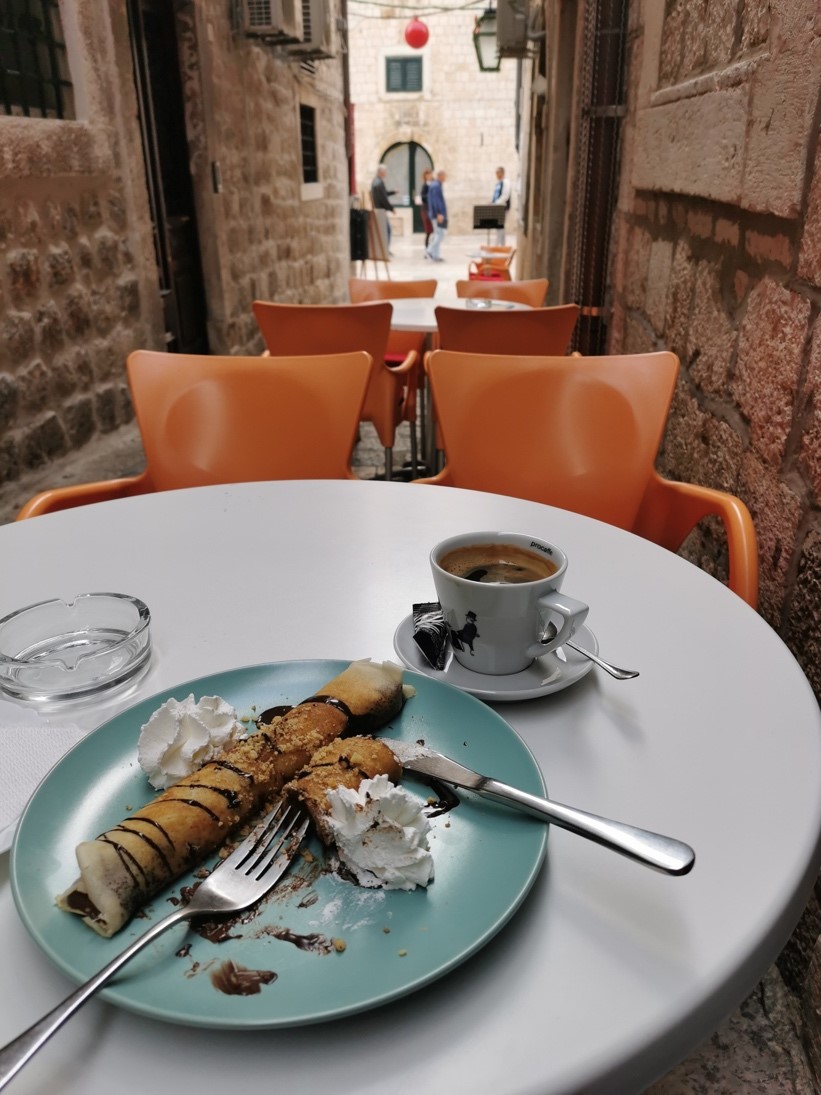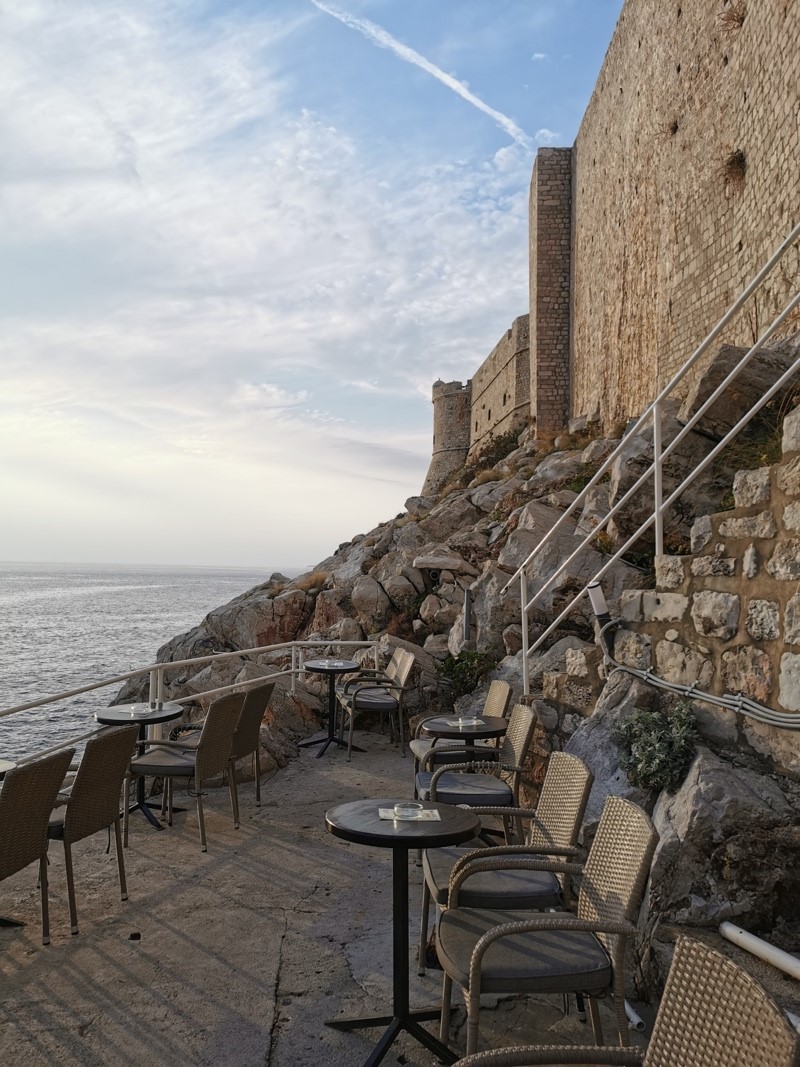Wednesday, November 17, 2021
 Dear Your Overseas Dream Home Reader,
Dear Your Overseas Dream Home Reader,
Croatia came on my radar in the early 2000s as an emerging vacation destination. I flew to Trieste on the Adriatic coast of northern Italy and then drove south along the entire Croatian coast.
The country has come a long way in the last two decades, modernizing to the point where it is now attracting digital nomads (they can even stay for a year without paying income tax as part of a special digital nomad visa).
But it is still a nation steeped in history. And Dubrovnik, at the southern tip of Croatia, is a prime example of this.
The people of Dubrovnik know the value of owning your home.
No wonder in a city that was founded by 7th-century refugees and has been part of no less than nine different empires and states throughout the course of its history (often without much say in the matter).
The latest invader in Dubrovnik is my scout Paul O’Sullivan, who is there to spy out real estate bargains as part of a greater mission to scout the Dalmatian Coast and Croatia in general.
Even sitting here in beautiful, sunny Cabo San Lucas, I am a little jealous of the adventures he is having in the fascinating medieval towns that dot that part of the world.
He shares his Dubrovnik adventure—and initial real estate findings—below.
Wishing you good real estate investing,
|
|
Ronan McMahon, Real Estate Trend Alert
***
Real Estate Hunting in the Pearl of the Adriatic
By Paul O’Sullivan
The border officer is not having a good day. And of the 30 or so passengers on the bus, he singles me out for a bag search.
In typical Balkans fashion, I trace this small inconvenience back to a tactical decision made some 300 years ago. The city-state of Dubrovnik was so afraid of an attack from the Venetians that it handed a small stretch of coastline to the Ottoman Empire in order to have a protective buffer to its north. The result is that Croatia is now dissected at its southern tip by Bosnia and Herzegovina, and in order to get from the north to the south I’ve to let a grumpy officer rummage through my toiletries. (In a new twist to the regions geopolitics, a bridge built by the Chinese will soon allow Croatians to bypass Bosnia and Herzegovina entirely.)
|
|
But politics is far from my mind as I arrive in Dubrovnik. I’ve come here as part of my exploration of the Dalmatian Coast, a narrow belt stretching down through most of Croatia to the Bay of Kotor in Montenegro.
This is perhaps my most expensive stop. (Dubrovnik’s Old Town is the only place in Croatia where you can expect to see prices on par with Western Europe.) However, it’s also one of the most breathtaking places I’ve ever seen, and absolutely unmissable.
|
|
This was the first city in the world to implement a quarantine.
To prevent the spread of the pandemic, incoming arrivals to Dubrovnik from infected areas had to submit to 30 days of isolation or face harsh punishment. This was the year 1377, the Black Death had already ravaged Europe, and as a city of merchants and traders Dubrovnik was particularly vulnerable.
Today, however, the city’s old quarantine station houses a museum and bar & grill, where you can get a pork fillet with baked sheep cheese. Dubrovnik is no longer the bustling merchant city of his heyday. It’s almost totally reliant on tourism. But the wealth and grandeur of its former glory is remarkably well preserved.
Stroll down Stradun, the wide boulevard that bisects the old town, and you’ll see gift shops, jewelry stores, and ice-cream parlors tucked under arched limestone doorways. From the main spine, narrow streets and alleyways branch off like ribs, each lined with cafes and restaurants and illuminated by overhead lanterns that advertise the name of each business.
One of my first stops is for pancakes in a little gelato shop called Dolce Vita. You’ll find a lot of Italian-Dalmatian fusion here, as well as culinary traditions from across the Balkans. For dinner I stopped in a traditional Bosnian restaurant called Taj Mahal (a Bosnian pun that’s still lost on me), and enjoyed an appetizer of cured meats along with dish of ćevapi (grilled mincemeat) and veal kebab.
|
|
Dubrovnik sits on a headland that juts into the sea and is protected on its land side by the looming Mount Srdj. The city’s huge walls rises directly from the water’s edge, making it both a powerful fortification and a dramatic sight to behold.
|
|
For 500 years, from the 14th to 19th centuries, the city managed to maintain a level of independence that is rare in Europe thanks to its wealth and defensive position, keeping the Venetians and the Ottomans at bay through skillful maneuvering and diplomacy.
Now, the city has been relinquished to tourists and an army of friendly stray cats that prowl the restaurants for leftovers. Most of the locals live beyond the city walls in the surrounding neighborhoods of Ploče, Lapad, and Gruž. This is where I’ll be focusing most of my effort over the coming days as I search for bargain properties.
You won’t find great value within Old Town. Nor will you find a very practical place to live. There’s no car access, and everyday amenities like supermarkets are sparse and expensive. But a 15-minute walk outside of Old Town, prices start getting more typically Croatian.
In Gruž, for example, a more authentic part of the city where you’ll find Dubrovnik harbor, you can get a two bedroom apartment for 1,011,009 kuna ($153,964) and a studio for 691,979 kuna ($105,380).
Granted, there is no easy walk in Dubrovnik. Everything outside of Old Town requires taking steep steps. But you can also get an Uber to nearly anywhere in the city for about $6.
Like what you’re reading?
Send your thoughts to feedback@realestatetrendalert.com. I’ll post and respond to as many of your emails as I can right here in the e-letter. Find out more about our feedback policy here.
Your Comments and QuestionsPete says: I am an investor who has years of buying/selling rental condos in U.S. My rule of thumb is no fixers-uppers, and to pay no more than 60 to 70 times the monthly rent. I have followed Ronan’s overseas news for years, but haven’t seen anything that meets the above formula for rents/purchase price. Recent European prices are attractive but annual rents on leases seem very low, not even close to my purchase criteria. Are there other locations for condos that would be suitable for me as strictly an investor? Ronan says: Hi Pete. You’re talking about a new property that can throw off a 20% yield. That’s pretty ambitious. But possible in multifamily rentals in parts of Brazil and Colombia for the middle-class market. Also, with short-term rentals that are well marketed and run in the top tourist destinations, in particular if you buy and operate a multi-unit, building. Hitting these numbers and being in this business needs to be pretty hands on, and for a pro, rather than an armchair investor. One thing to remember is that holding costs overseas are significantly less than in the U.S. This is important to factor in to your decision making. On our Real Estate Trend Alert beat, we use our group buying power to negotiate discounted RETA pricing, thereby reducing our get-in cost, and maximizing our rental yield. (If you’re not yet a member of my RETA group, all the details for becoming one are here…and right now, you can take a 3-month test-drive membership.) And by buying in destinations undergoing a Path of Progress, we benefit as prices and rental rates rise. In my experience when you add the RETA discounts, to capital appreciation to rental yields it all adds up to really strong rates of return. Plus, finance is available on most of our RETA deals, unlike multi-family investment in growing middle class markets like Brazil and Colombia. Honestly, if you have a formula where you can gross 20% yields and do it without crushing tenant headaches I’d keep doing what you are doing. (Unless you are very exposed to something that might go away…like renting to miners near a mine that might close, etc.) Maybe here’s the place where we can help you find your dream home to enjoy the spoils of your success. Either way kudos on your success.
Connect with us on Instagram
|
